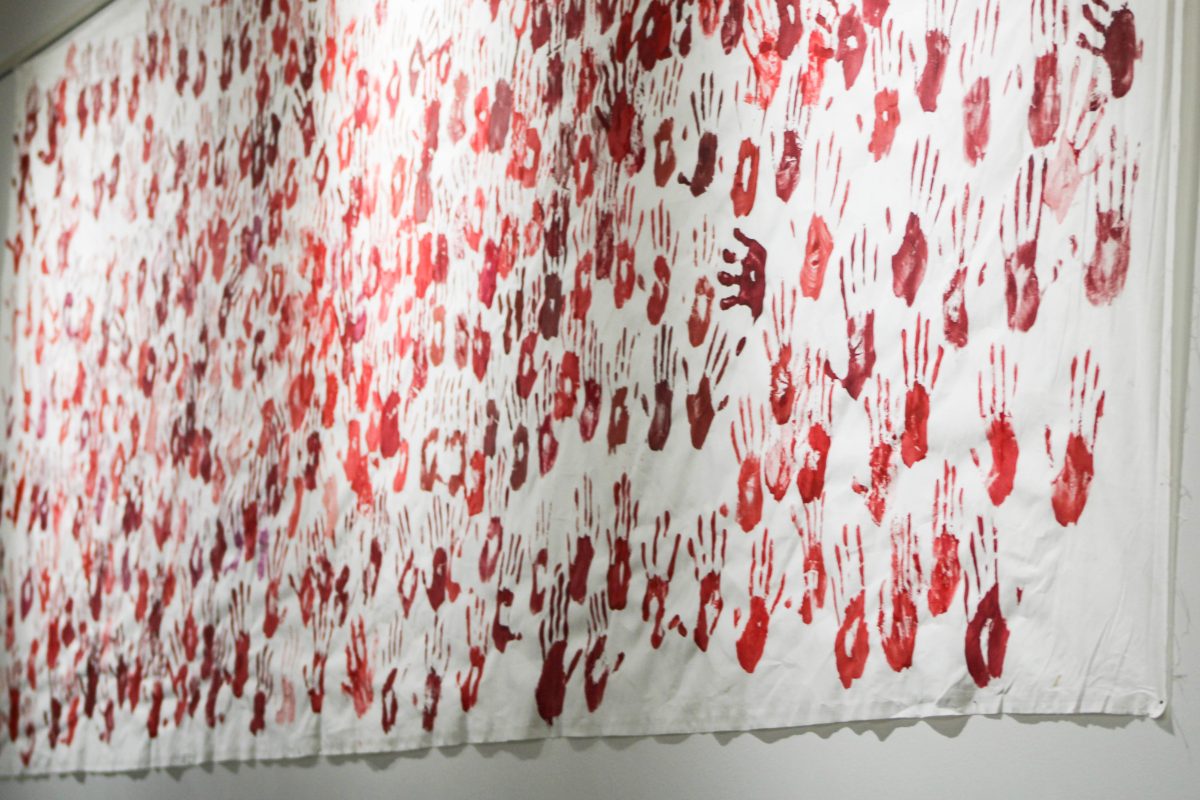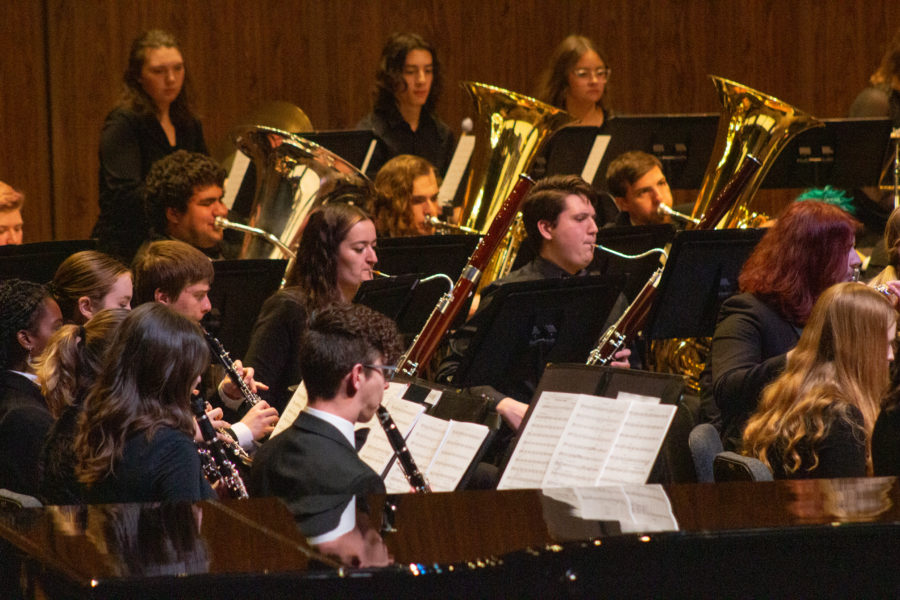There are only a few things that make me squeamish: homework, heights and human organs. As far as I’m concerned, I should never have any reason to see my blood on the outside of my body.
However, this year I challenged myself to overcome my fears and understand more about local blood drives. In doing so, I learned donating blood is more than just rolling up your sleeve. It’s saving a life.
Need help getting inspired to donate? Here are some fun facts about blood donation:
- Giving blood only takes about an hour. If you’re like me, being poked and prodded by needles is not how you’d like to spend a Friday afternoon. However, among most non-donors, the most common reason for not donating is because they’ve never really considered it or had the time to actually do it. Luckily, in just one hour you could help save a life, which is priceless.

Phlebotomists assist people donating blood during a blood drive. Donating blood is a quick and simple way to help save a life. (Photo by Ariana Berkemeier / The Signpost) - Your body quickly replenishes the blood you donate. If you don’t donate blood because you’re afraid you’ll never get those pints back, think again. Our bodies are very quick to replenish the blood we’ve lost. In fact, a healthy adult can donate whole blood every eight weeks.
- One donation could save several lives. It doesn’t take much to save a life. Just one pint of blood can save three people. Separated into several components, our blood is composed of red blood cells, platelets and plasma. Each component can help many patients that need blood transfusions.
- Most medical care depends on a healthy supply of blood. When a patient is ready for a transplant, new blood is needed to sustain the organ. If the blood is not available the patient could possibly lose the organ and ultimately their life. In fact, almost every three seconds someone needs a blood transfusion. Remember, there is no substitute for human blood.
- There are many different types of blood: The primary blood types are: A, B, AB and O. Each can be positive or negative and O negative is the universal donor for blood. However, the rarest type of blood is the one that is not available when needed the most. Be the giving type and donate blood whenever you can.
Whether you’re a donor or non-donor, giving blood is safe and simple and almost anybody can do it. Get out there and donate today!














